We have no idea what is beyond our known universe. We are not even totally aware of objects present within our own solar system. Every now and then scientists find something jaw-dropping. One such finding is the discovery of the planet 55 Cancri e. Now, discovery of a planet is not really surprising to make our jaws drop. However, this planet really does have something unusual which made scientists dub it as ‘diamond-planet’. Here the word ‘diamond’ literally means diamond, the precious gem on Earth. Yes…this is a real and exotic planet made of real diamonds, which until now existed only in science fictions!
55 Cancri E aka Diamond Planet
 The planet 55 Cancri e has a radius twice Earth’s, and mass eight times greater, making it a “super-Earth.” It is one of and innermost of five planets orbiting a sun-like star, 55 Cancri, located 40 light years from Earth yet visible to the naked eye in the constellation of Cancer. Despite its massive size, 55 Cancri e is the smallest planet in its 5-planet system. The planet is extremely close to its star and orbits at hyper speed – its year lasts just 18 hours, in contrast to Earth’s 365 days. Whether the planet has an atmosphere or not is not known. It is also blazingly hot, with temperatures over 2500 Celsius, enough to melt all metals, which makes it a far cry from being habitable. These levels of temperatures, along with carbon, make perfect conditions for creating diamonds.
The planet 55 Cancri e has a radius twice Earth’s, and mass eight times greater, making it a “super-Earth.” It is one of and innermost of five planets orbiting a sun-like star, 55 Cancri, located 40 light years from Earth yet visible to the naked eye in the constellation of Cancer. Despite its massive size, 55 Cancri e is the smallest planet in its 5-planet system. The planet is extremely close to its star and orbits at hyper speed – its year lasts just 18 hours, in contrast to Earth’s 365 days. Whether the planet has an atmosphere or not is not known. It is also blazingly hot, with temperatures over 2500 Celsius, enough to melt all metals, which makes it a far cry from being habitable. These levels of temperatures, along with carbon, make perfect conditions for creating diamonds.
55 Cancri e is the first exoplanet to display these unique properties – in 2011 a diamond-planet was spotted in the constellation of Serpens, but that planet did not orbit a star similar to our Sun and was not studied in such detail. The two do share certain characteristics, however. For instance, a year on 55 Cancri e lasts just 18 hours, while the latter’s orbit lasts around two hours.
Odd chemistry makes it real precious
55 Cancri e has more carbon than oxygen. More than one third of the planet’s entire mass is made up of carbon. The carbon is in the form of diamond because of the enormous pressures and temperatures of the planet. “On this planet there would basically be a thin layer below the surface which will have both graphite and diamond,” said Dr Nikku Madhusudhan, lead researcher in physics and astronomy at Yale University, part of team of researchers from Yale and Institut de Recherche en Astrophysique et Planetologie in Toulouse and lead author of a paper to be published in the Astrophysical Journal Letters, “But, below that there will be a thick layer, one third of the radius, with mostly pure diamond. For a large part the diamond will be like the diamond on Earth, really pure. But at greater depths the diamond could also be in liquid form.”
The findings have been accepted for publication in the journal Astrophysical Journal Letters. The authors estimated that at least a third of the planet’s mass is likely pure diamond.[big_image]
The Rich Discovery
Stars are simple compared to planets. Stars’ mass, age, structure and history are easier to calculate than planets. The ‘Diamond-planet’ is a small example of the rich sets of discoveries that await us as we begin to explore and unveil the planets around nearby stars. Earth’s interior is rich in oxygen, but extremely poor in carbon, which contrasts diamond planet’s composition. The identification of a carbon-rich planet means that distant planets can have chemical constituents, interiors, atmospheres, or biologics similar or very different to those of Earth and to those of their host stars. The discovery also opens new avenues for the study of geochemistry and geophysical processes in far planets. A carbon-rich composition could influence the planet’s thermal evolution and plate tectonics, such as, with implications for volcanism, seismic activity and mountain formation. This discovery is an important step towards understanding the full diversity of planets.
Get some Diamonds?
Sending a spacecraft to traverse a distance of 40 light years from us is highly unlikely with the current technologies we have. We will have to wait and it is highly likely that we will never get to bring and own bits of diamonds from the planet, which if possible, needless to say, would make us rich…very rich!
Read Further:


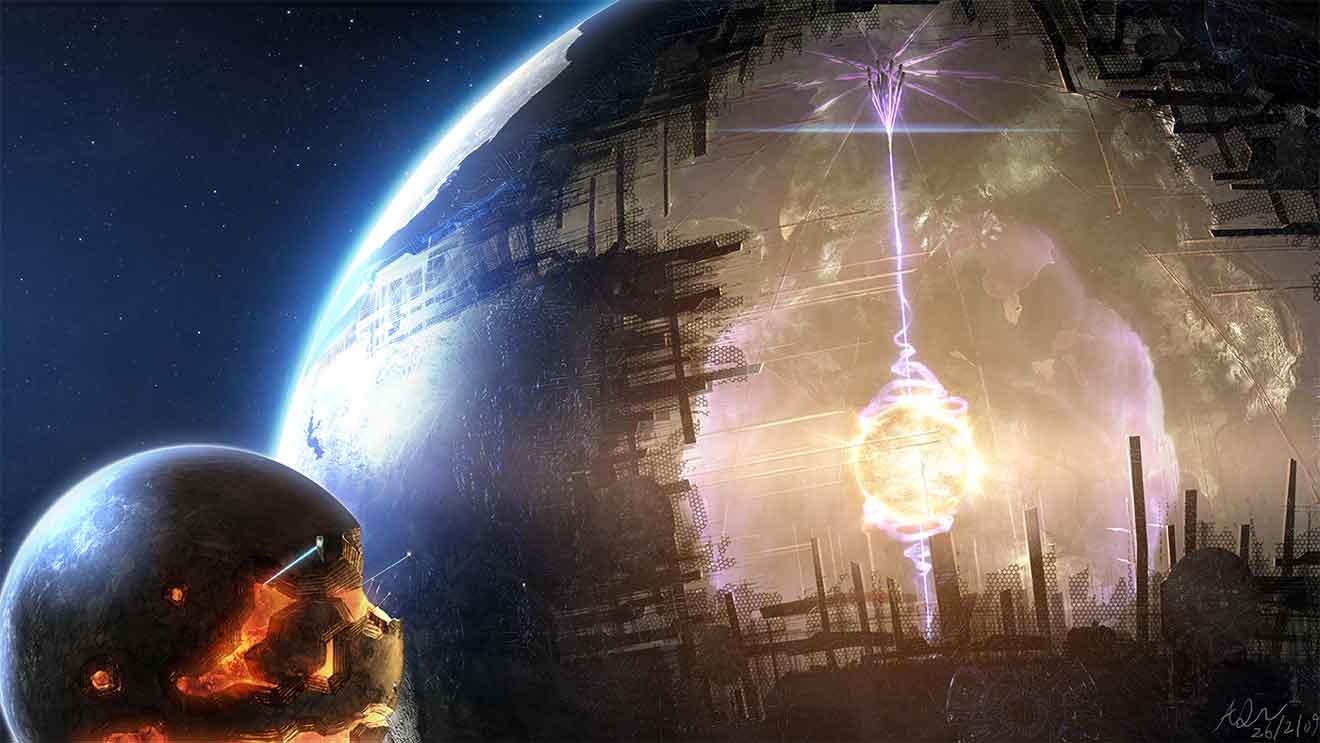


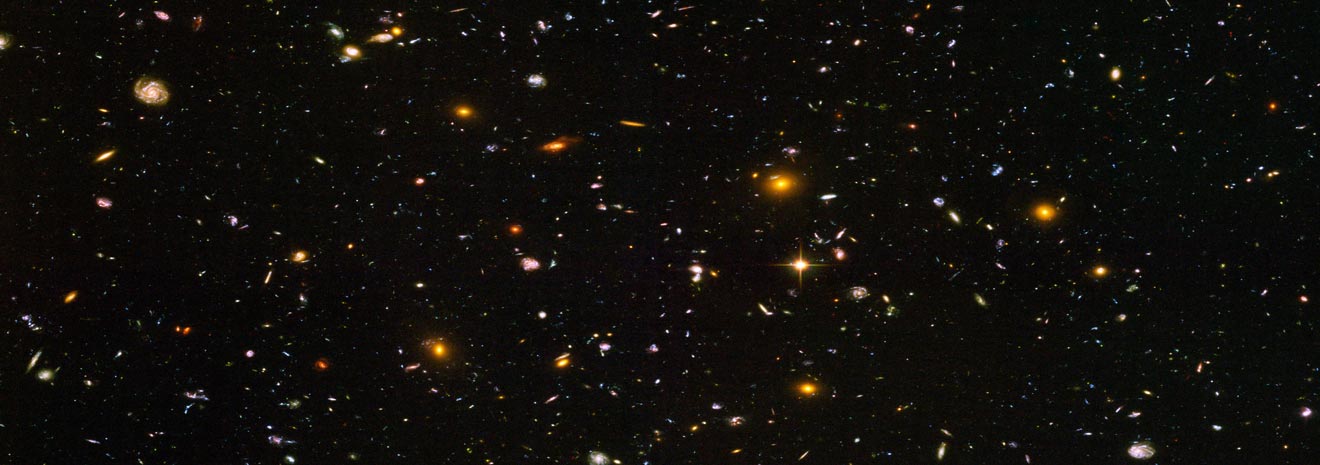
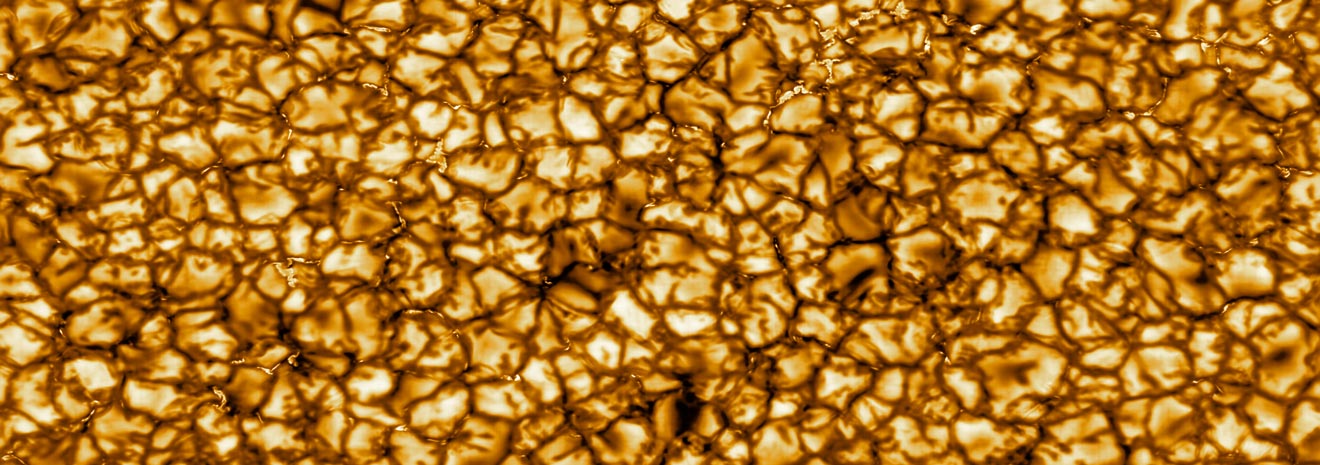
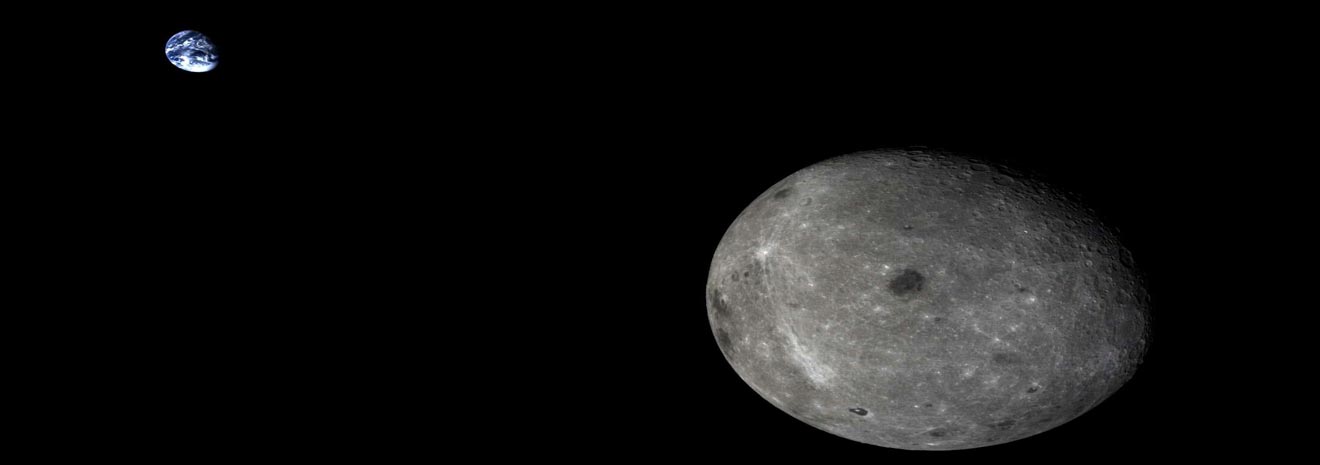
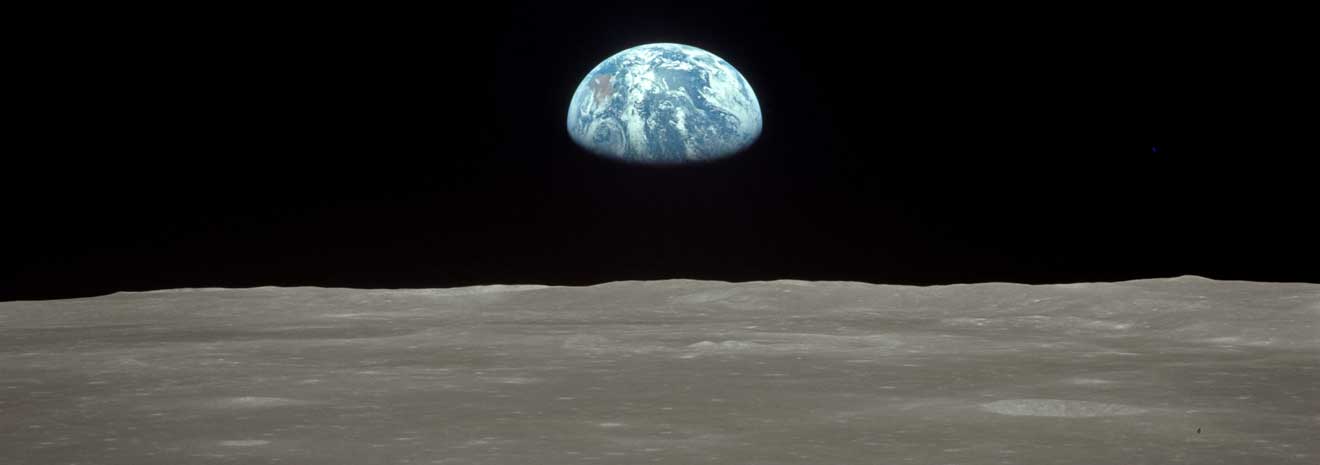



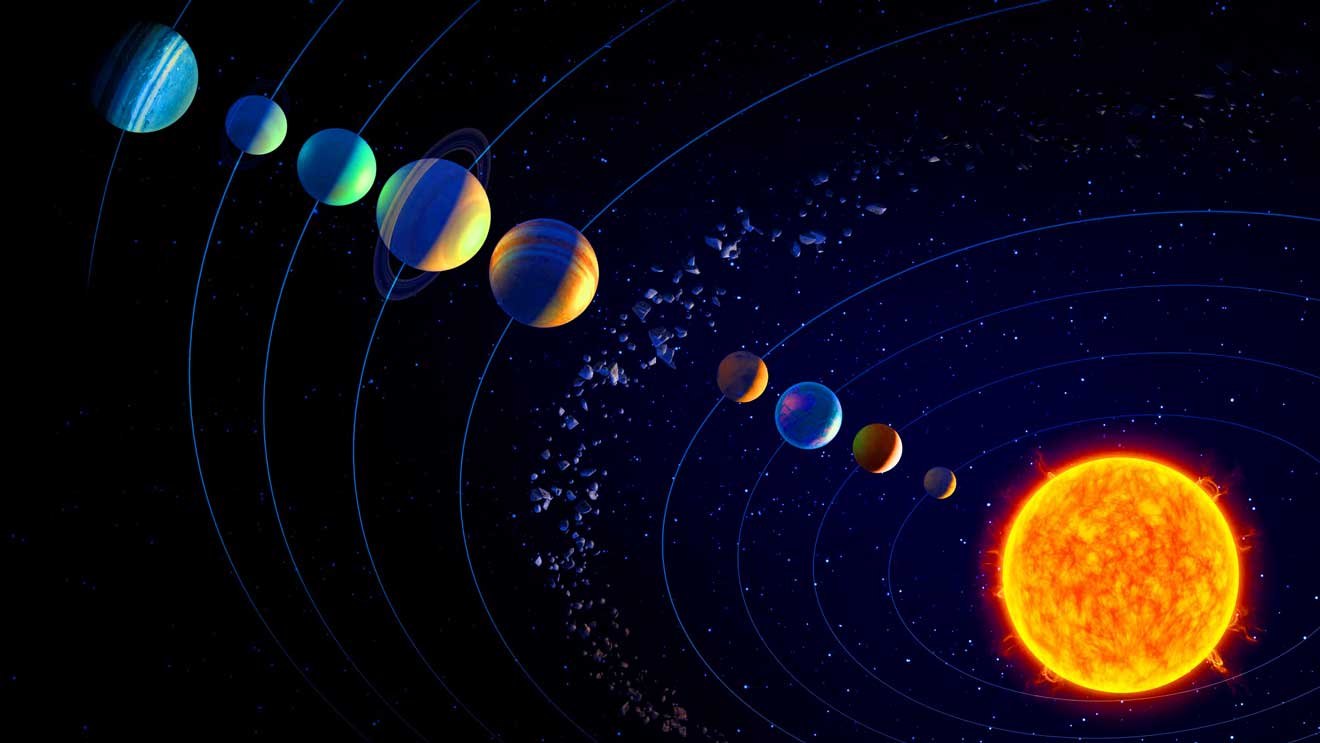
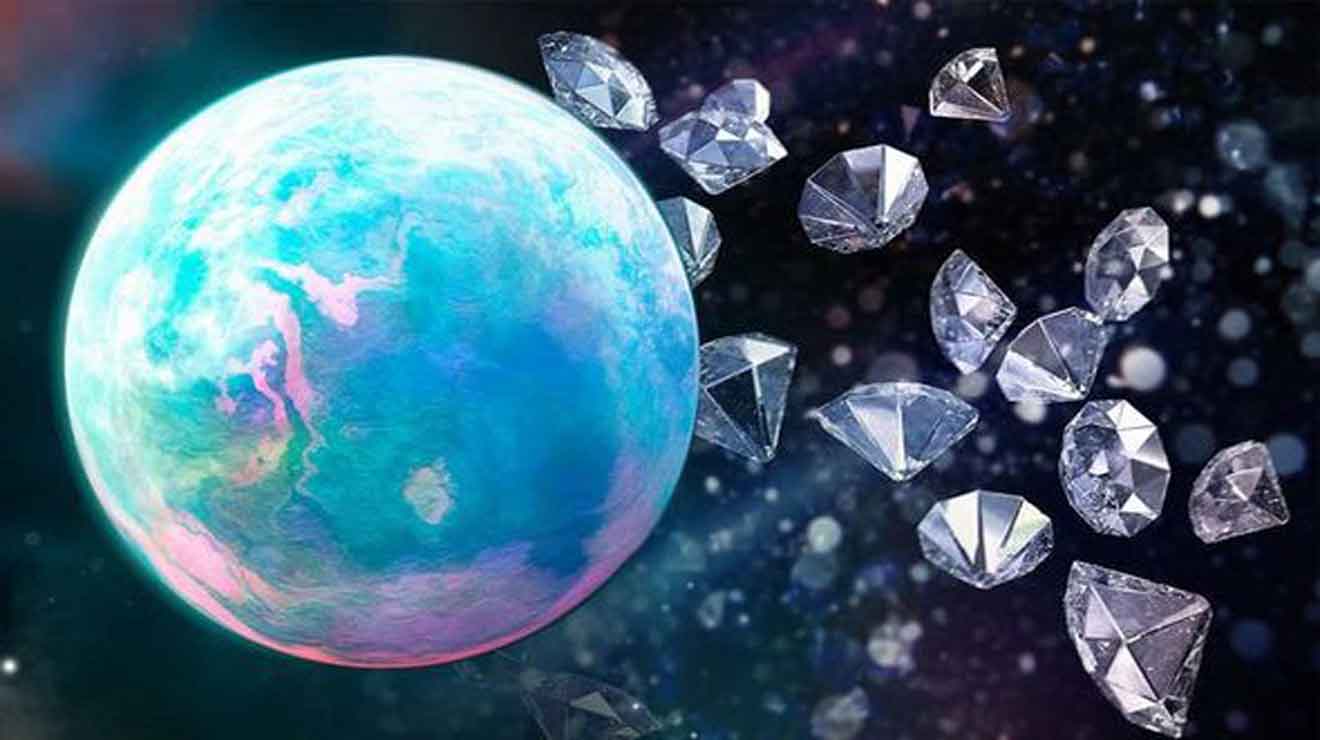
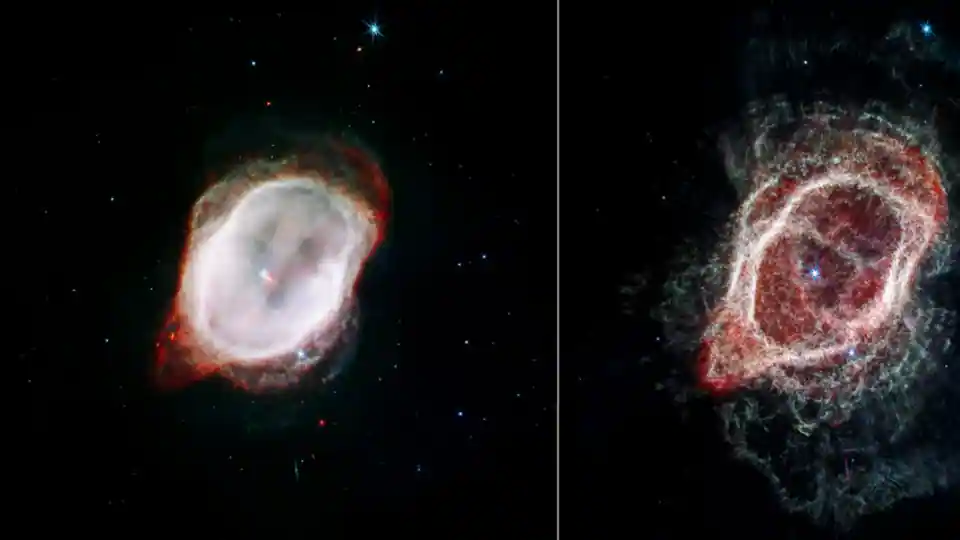





Add Comment